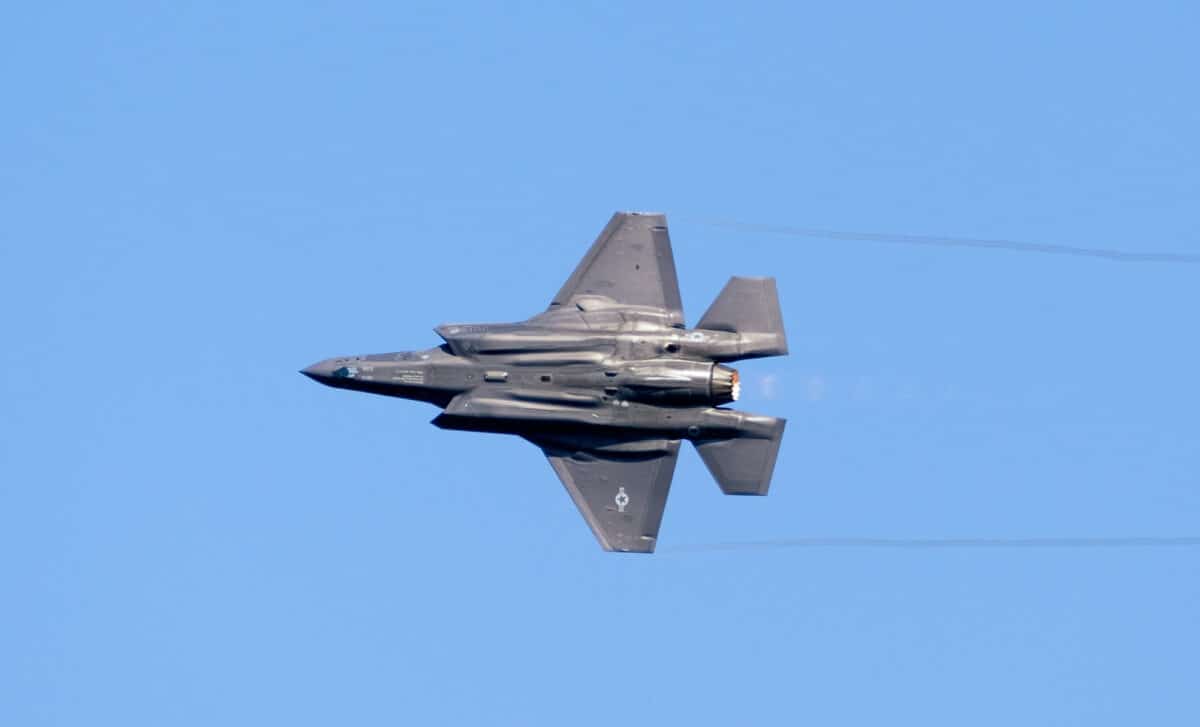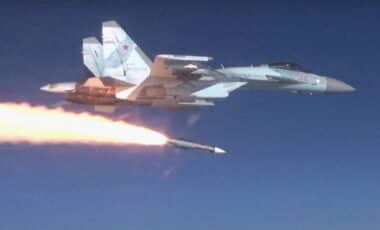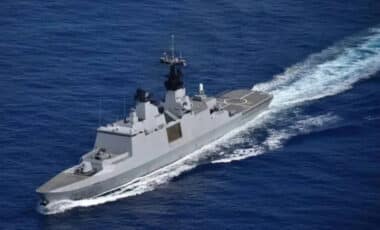On July 31, 2025, India made a major decision in the field of aerospace defense by announcing it would not purchase the American fifth-generation fighter, the Lockheed Martin F-35A Lightning II. This choice significantly influences the diplomatic relations between the U.S. and India and reopens the debate on India’s future military acquisitions.
Pressures and Determining Factors:
Since winter 2024-2025, the U.S. has been pressuring India to procure the F-35A. Despite U.S. President Donald Trump demonstrating the aircraft’s capabilities to Indian Prime Minister Narendra Modi in February 2025, India remained uninterested. Factors like a 25% U.S. tariff on Indian products, as well as disparaging comments about India’s domestic fighter development, played a major role in this decision.
International Reactions and Alternatives:
Other international players quickly responded when the U.S. proposal was presented. Russian President Vladimir Putin offered the Sukhoi Su-57 Felon and Su-35 Flanker-E as alternatives, but India had already abandoned the Su-57 project in 2019, making these options less appealing. Neither the F-35A nor Russian models are part of India’s Multi Role Fighter Aircraft (MRFA) program, which focuses on aircraft like the Dassault Rafale F4 and Lockheed Martin F-16V Viper.
Diplomatic and Industrial Consequences:
India’s decision has significant diplomatic ramifications, signaling an independent stance by Narendra Modi, a move few European leaders have dared to take in the face of U.S. trade policies. On the industrial side, India must confront challenges to strengthen its domestic aerospace industry, especially as foreign dependency becomes a vulnerability amid threats like China’s PL-15 missile.
Future Prospects:
Currently, the Indian Air Force does not plan to purchase foreign fighters outside the MRFA program. This direction could change based on economic or geopolitical shifts, but for now, India seems to prefer pursuing its own path without external interference. The U.S. tariffs are likely to continue impacting future negotiations, potentially leading India to explore more partnerships or invest more heavily in its own aerospace industry.








